- No products in the cart.
Kestin tab 20mg 10 pcs lyophilized
$11.59
Kestin tab 20mg 10 pcs lyophilized
Description
Composition
Active substance:
1 tablet contains: ebastine, 20.00 mg.
Excipients:
Gelatin 13.00 mg mannitol, 9.76 mg, 2.00 mg, aspartame, mint flavor – 2.00 mg.
Description:
White or almost white, round, freeze-dried tablets.
Product form:
Tablets of 20 mg lyophilized.
According 10tabletok in blister Aluminum / PVC and Aluminum / PET. 1 blister with instructions for use placed in a cardboard box.
Contraindications
Hypersensitivity to the drug, pregnancy, lactation, phenylketonuria, children under 12 years of age, severe liver function abnormalities (Class C classification Child-Pugh).
With caution in patients with increased QT interval on an electrocardiogram, hypokalemia, renal failure, and with mild to moderate hepatic failure (class A, B according to the classification Child-Pugh).
Precautions should be used when the drug Kestin concomitantly with ketoconazole or itraconazole, erythromycin, rifampicin – may increase the interval on the ECG 0FT elongation risk.
Dosage
20 mg
Indications
Allergic rhinitis of various etiologies (seasonal and / or round); hives of various etiologies, including chronic idiopathic.
Interaction with other drugs
With simultaneous application Kestin drug ketoconazole or itraconazole and erythromycin may increase the risk of lengthening QT interval on the electrocardiogram. Pharmacokinetic interactions have been observed with concomitant administration of ebastine with rifampicin. These interactions can lead to lower ebastine plasma concentrations and have an inhibitory effect on the anti-histamine effect of ebastine. Kestin drug does not interact with theophylline, warfarin, cimetidine, diazepam, ethanol and ethanol-containing drugs.
Overdose
In studies using high doses (over 100 mg 1 time per day) no clinically significant signs or symptoms.
Specific antidote for ebastine not. In case of overdose recommended gastric lavage, monitoring of vital body functions, including ECG; symptomatic treatment.
pharmachologic effect
Pharmacological group:
Antiallergic agent H1-histamine receptor blocker.
Pharmacodynamics:
Ebastine is an antagonist N1- long acting histamine receptors.
After taking the drug inside pronounced antiallergic action starts after 1 hour and lasts more than 48 hours. After 5-day course of treatment with Kestin antihistaminic activity is maintained for 72 hours due to the action of the active metabolites. Chronic administration of a high level of blockade of peripheral H1-histamine receptor without development of tachyphylaxis. The drug has no pronounced sedation and anticholinergic does not penetrate the blood-brain barrier.
There was no effect of the drug on Kestin interval from the ECG at a dose of 100 mg – dose exceeding the recommended daily dose (20 mg) in 5 times.
Pharmacokinetics:
After oral drug is rapidly absorbed and almost completely metabolized in the liver, becoming active metabolite karebastin. After a single dose of 20 mg drug karebastina maximum concentration in plasma is achieved after 1-3 hours and is 157 ng / ml.
With daily administration of the drug of 10 mg to 40 mg of the equilibrium concentration reached after 3-5 days, it is not dependent on the dose administered and is 130-160 ng / ml. Binding to plasma proteins and blood ebastine karebastina is greater than 95%. Karebastina half-life ranges from 15 to 19 hours, 66% of the drug is excreted as conjugates via the kidneys.
Food intake has no effect on the clinical effects Kestin preparation.
In elderly patients the pharmacokinetic parameters did not change significantly. In renal insufficiency, the half-life is increased to 23-26 hours, while liver insufficiency -up to 27 hours, however, the drug concentration is less than therapeutic values.
Pregnancy and breast-feeding
No data are available on the effect of ebastine on fertility in humans.
Data on the use of ebastine during pregnancy is limited. It preferable to avoid the use of ebastine during pregnancy.
Nursing mothers should not take the drug Kestin as whether ebastine is released in breast milk is unknown. The high degree of binding of ebastine and of its main metabolite, karebastina, proteins (> 97%) does not involve the drug release with breast milk.
As a precautionary measure, it is preferable not to use ebastine during lactation.
If necessary, use during lactation is necessary to solve the issue of termination of breastfeeding.
Conditions of supply of pharmacies
Without recipe.
side effects
According to the WHO (World Health Organization) listed below undesirable reactions observed in clinical studies and post-marketing inlet of the drug, classified in accordance with their frequency of: very often (> 1/10); often {> 1/100,
special instructions
Ebastine may distort the results of skin allergy tests. Therefore it is recommended to carry out such tests no earlier than 5-7 days after discontinuation of the drug.
Effects on ability to drive and use machines: ebastine at recommended therapeutic doses does not affect the ability to drive vehicles and management mechanisms. However, in susceptible individuals with unusual reaction to ebastine, it is advisable to start driving a car or performing complex activities to evaluate the individual response, such persons may cause drowsiness or dizziness.
In case of any side effects on the central nervous system such as drowsiness or dizziness, caution should be exercised when driving and busy with other potentially hazardous water activities that require high concentration and speed of psychomotor reactions.
Storage conditions
Store at a temperature not higher than 25 ° C Keep out of reach of children.
Dosing and Administration
For oral resorption, regardless of the meal.
Adults and children over 12 years is recommended to start treatment with a dose of 10 mg 1 time a day, using the drug Kestin, tablets, film-coated, 10 mg. In case of insufficient effectiveness or symptomatic medication recommended Kestin, lyophilized tablets 20 mg, 1 tablet 1 per day.
The course of treatment will be determined by the disappearance of symptoms.
Elderly patients: no dose adjustment is required.
Patients with impaired renal function dose adjustment is required.
Patients with mild to moderate hepatic impairment: dose adjustment is required.
In severe hepatic dysfunction (class C Child-Pugh classification) daily dose should not exceed 10 mg, it is recommended in these cases use the drug Kestin, tablets, film-coated, 10 mg.
Extract preparation from the blister must be dry hands in accordance with the instructions below: 1. To avoid damage to the tablets do not remove the drug from the blister by pressing. Open cell blister carefully lifting the free edge of the protective film. 2. Remove the protective film. 3. Carefully push the tablet out of the cell, without touching it. 4. Carefully remove the drug and put it on the tongue, where it dissolves rapidly. No need to drink water or other liquid, food intake does not affect the action of the drug.
Information
Appearance may differ from that depicted in the picture. There are contraindications. You need to read the manual or consult with a specialist
Additional information
| Weight | 0.100 kg |
|---|---|
| Manufacturer | Kestin |

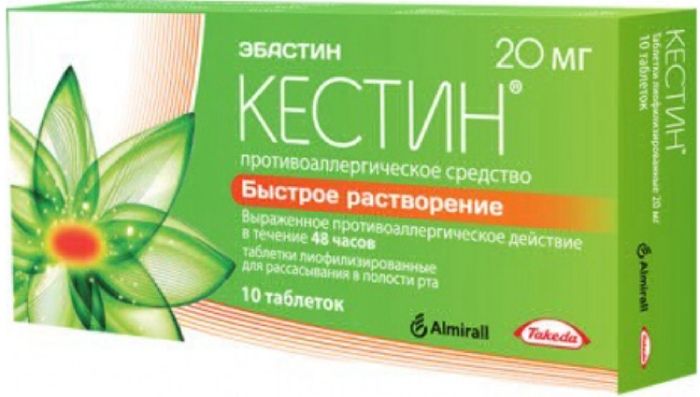
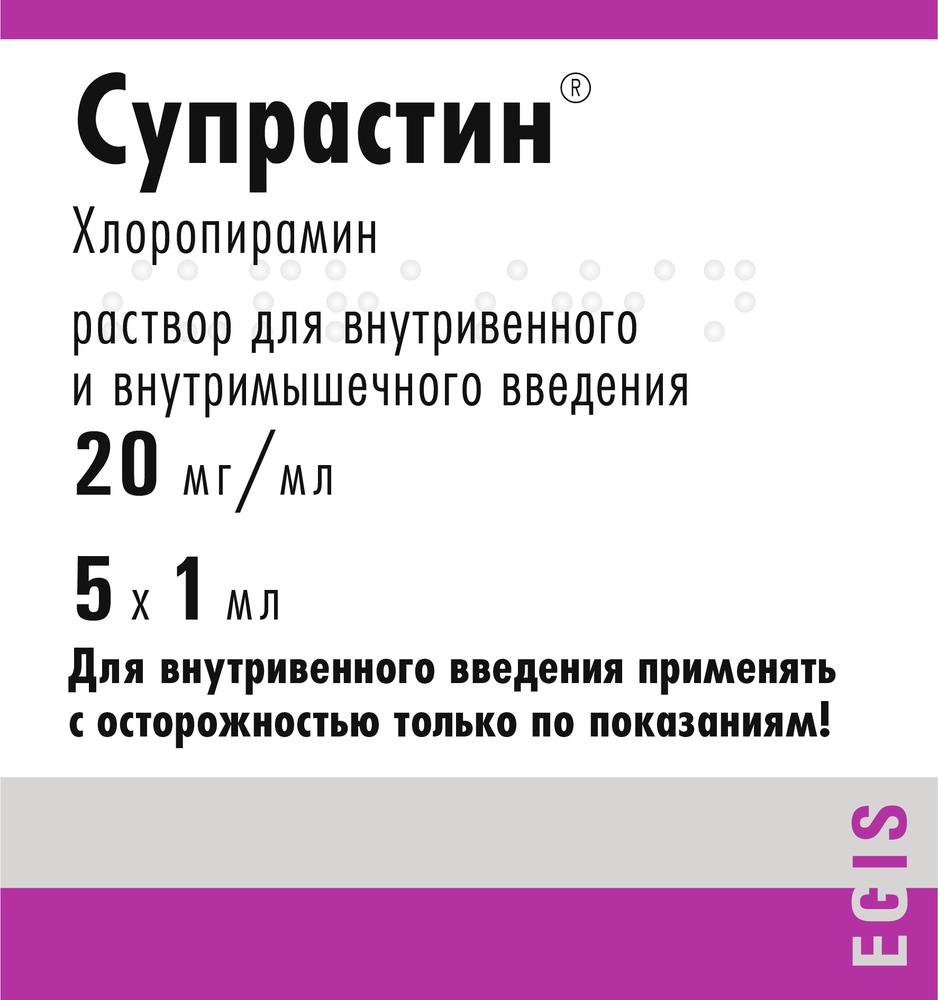
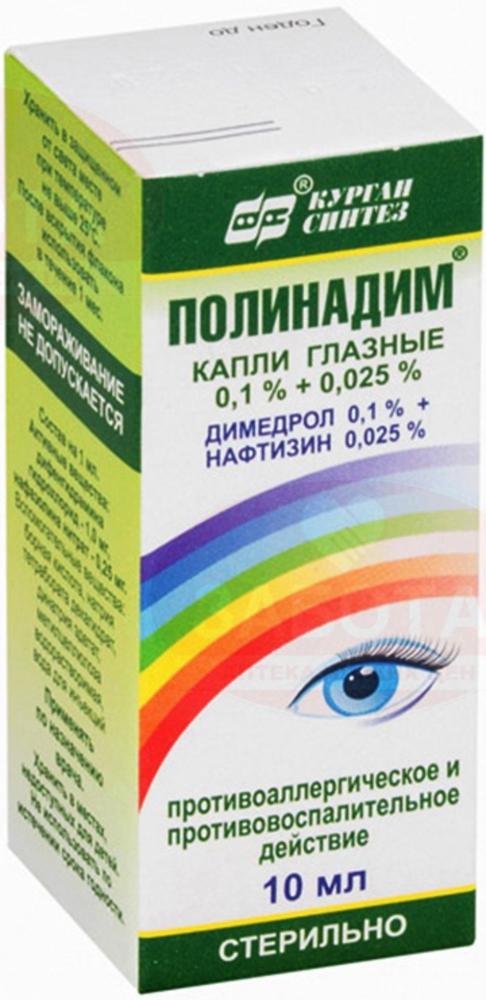
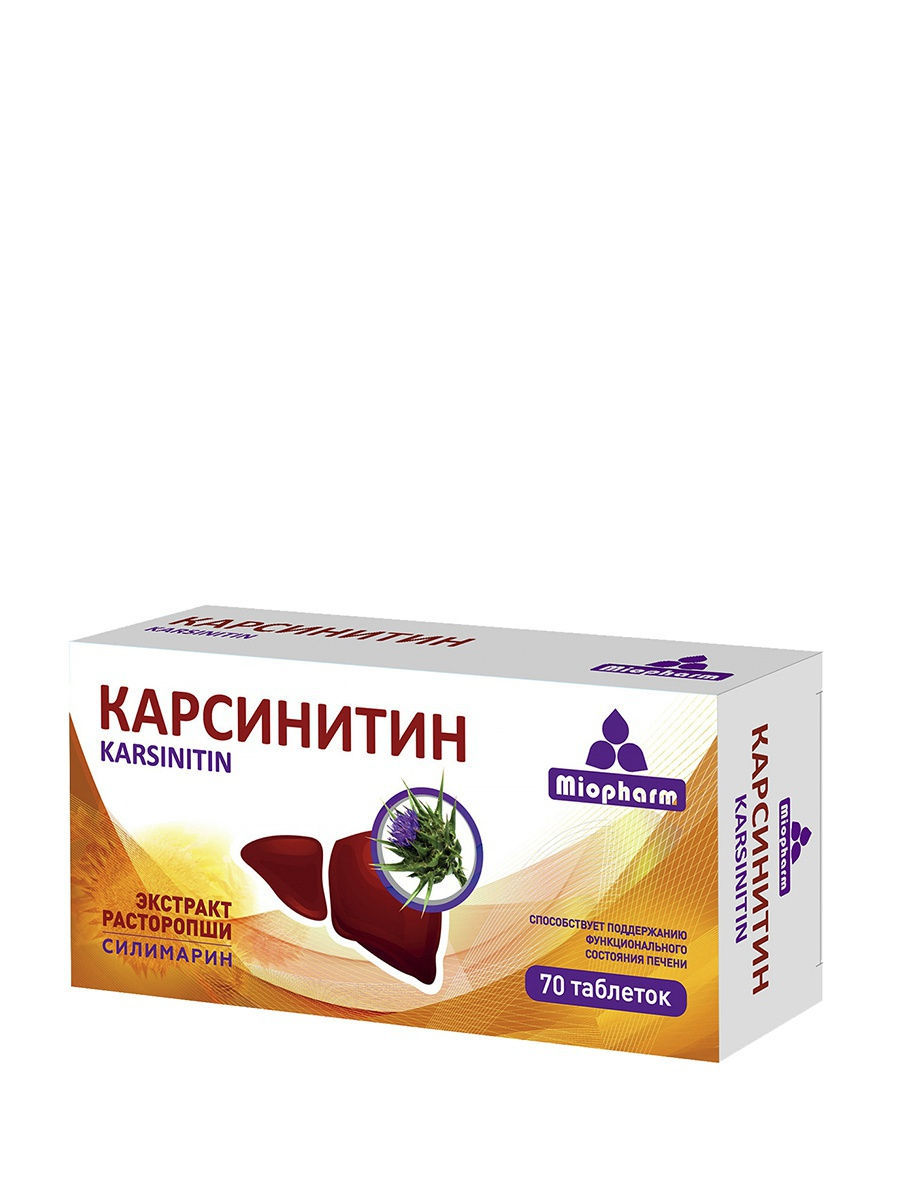
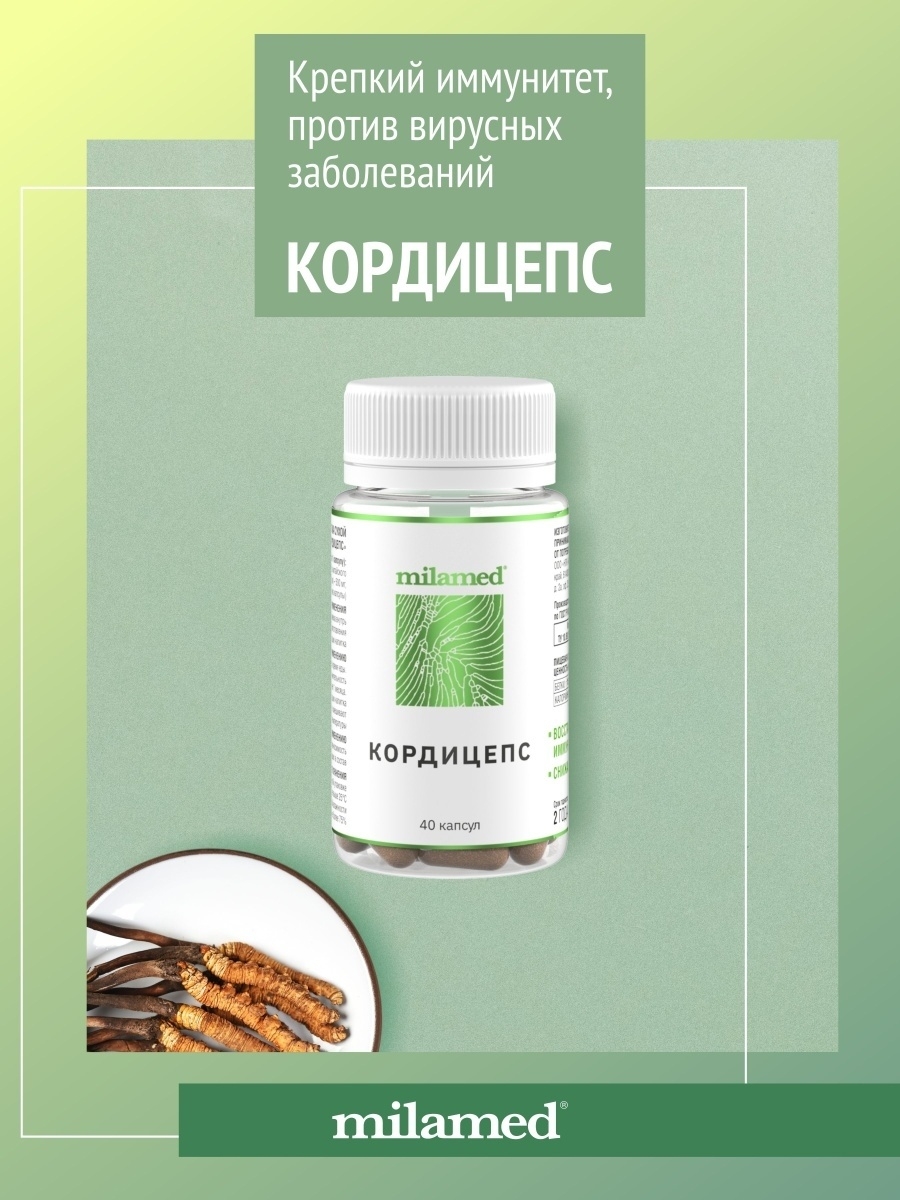
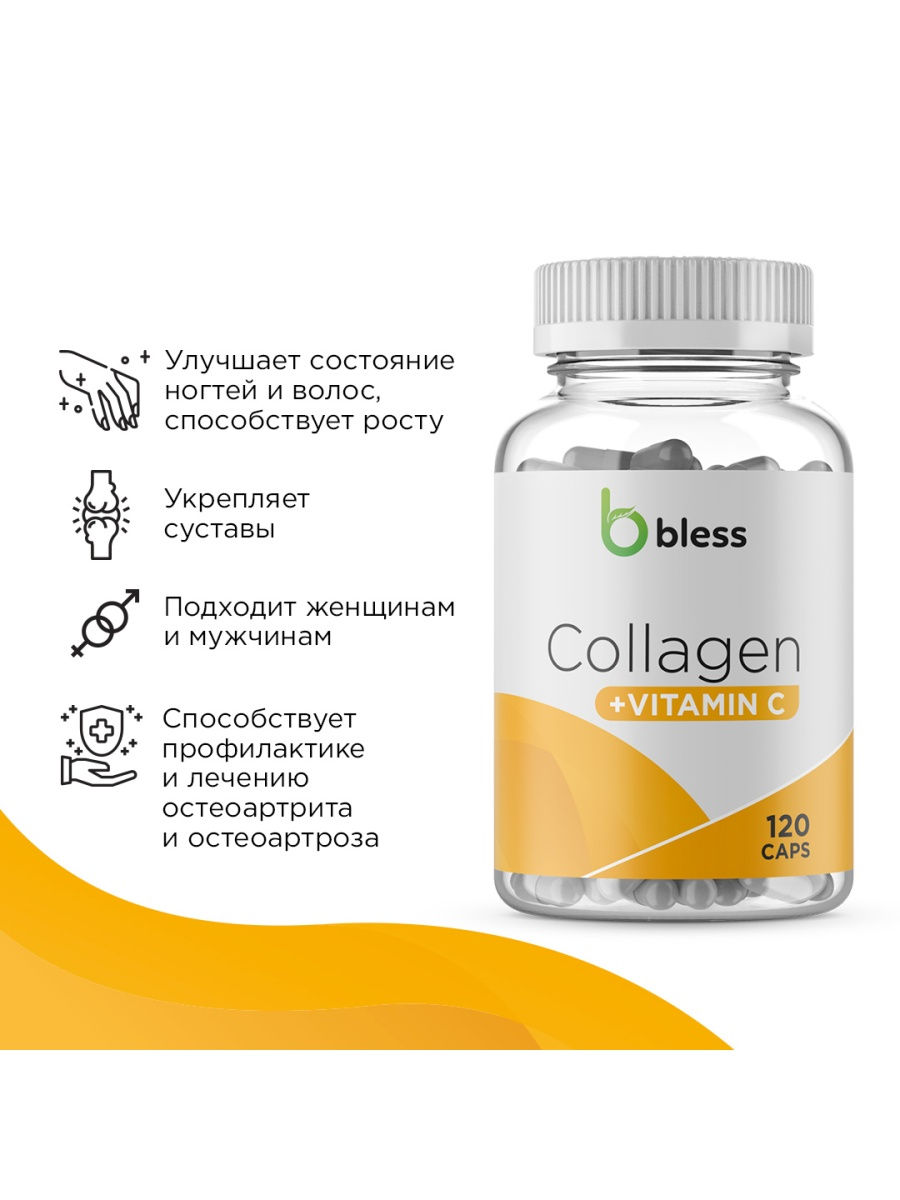

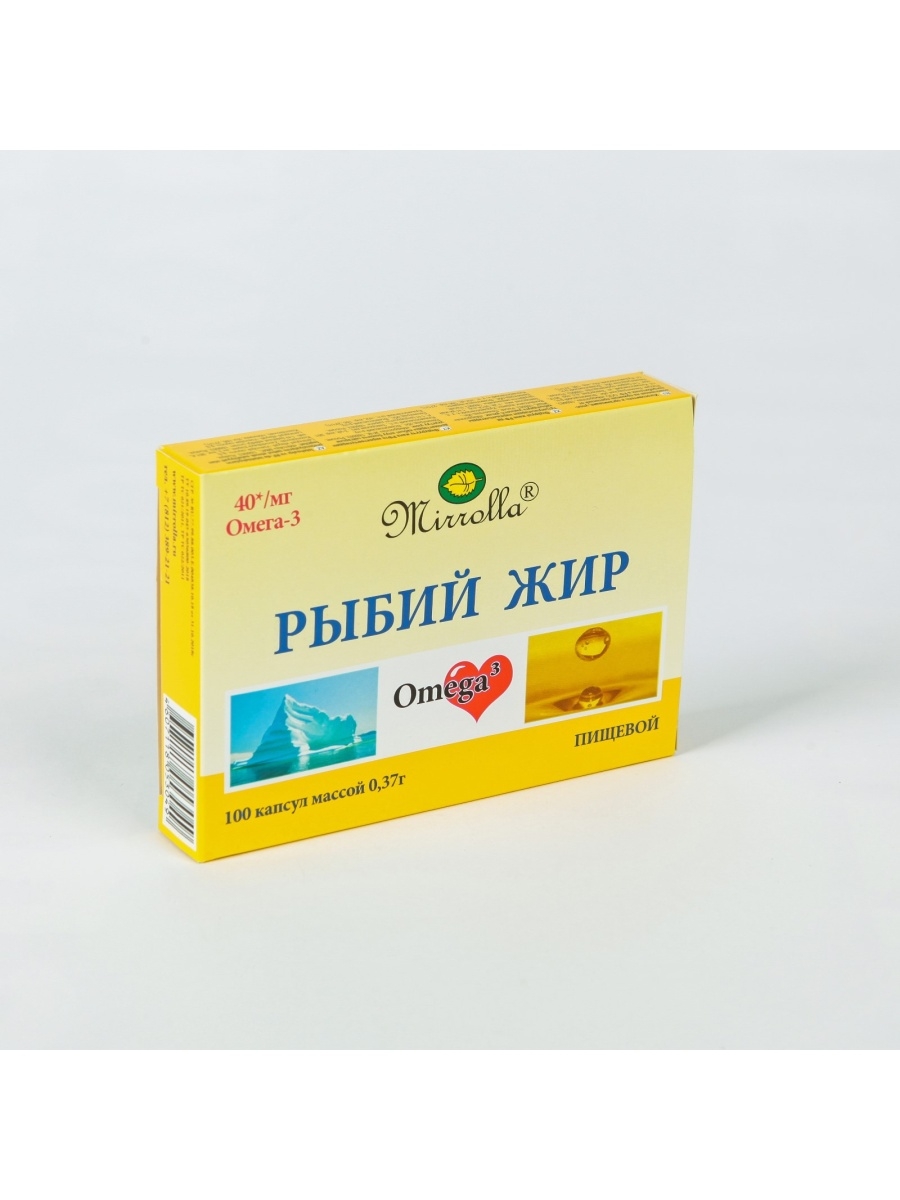
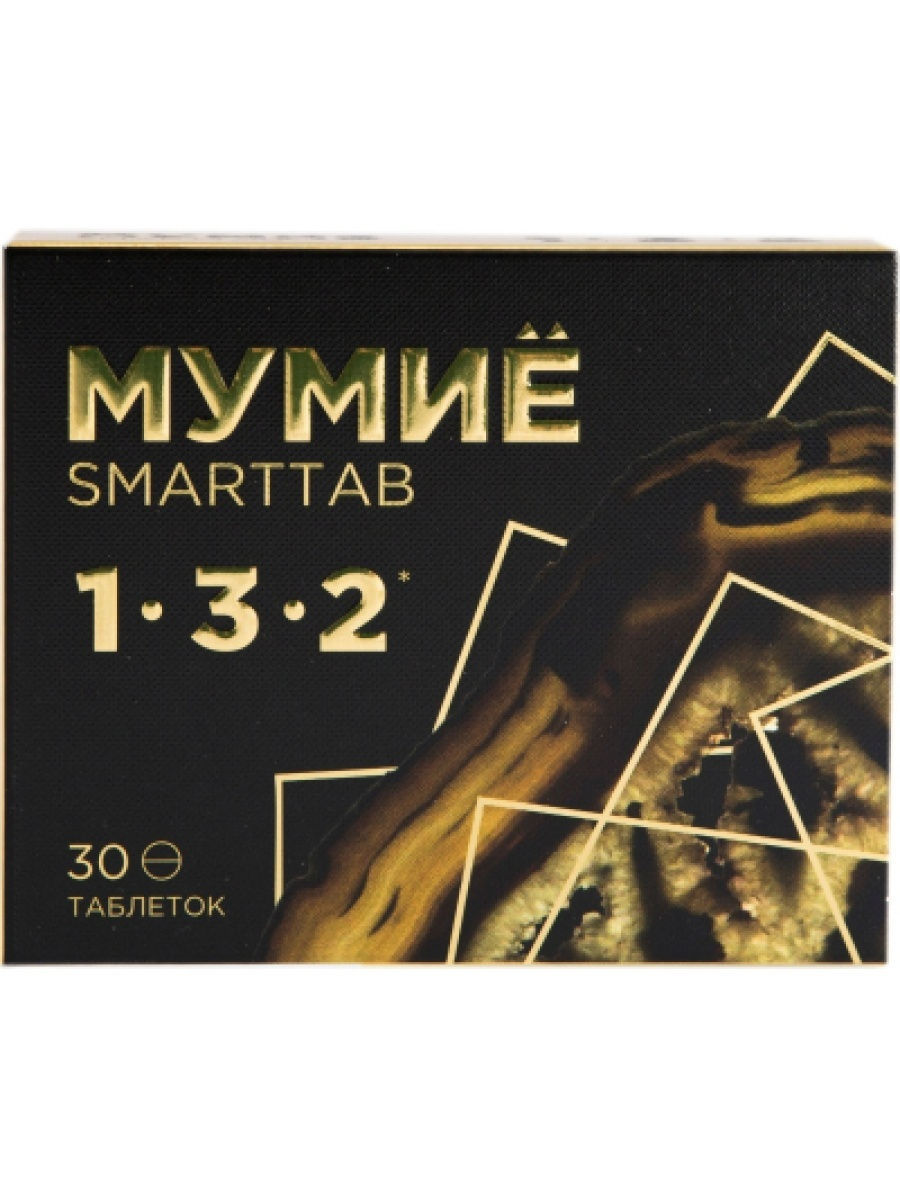



There are no reviews yet.